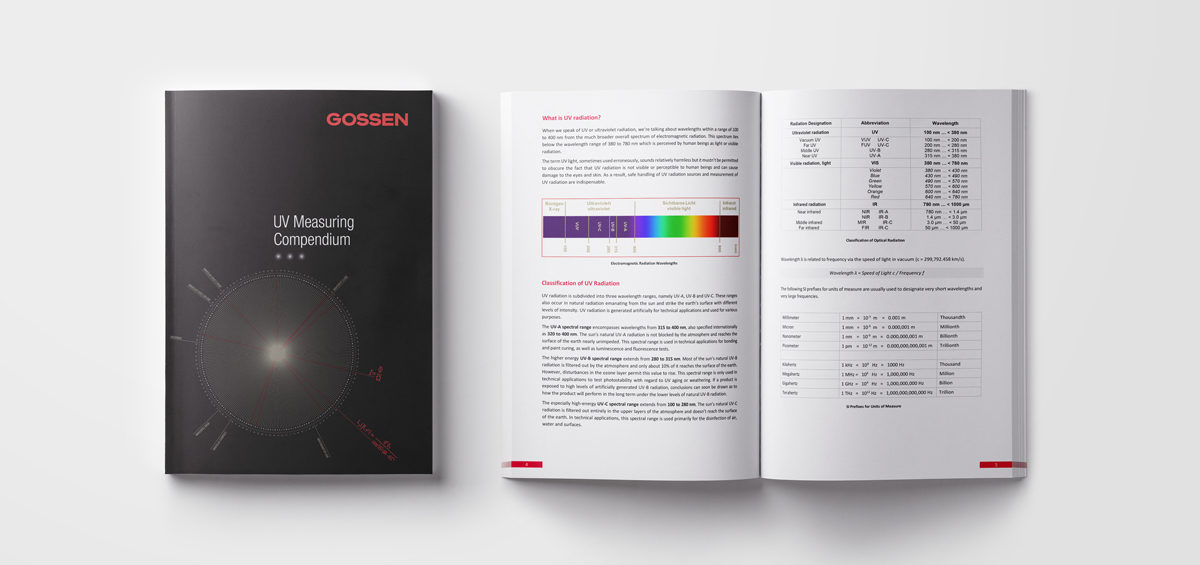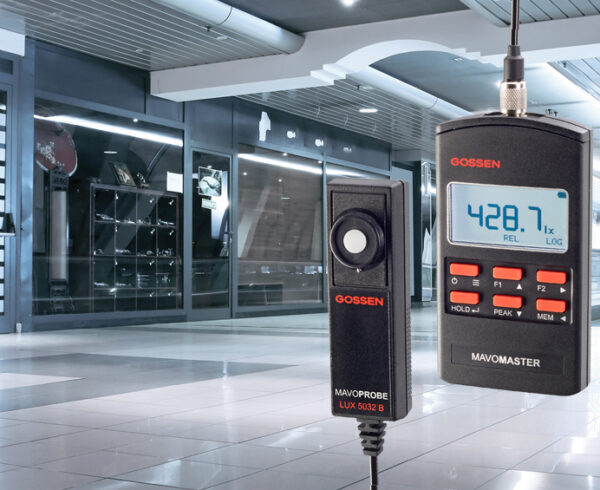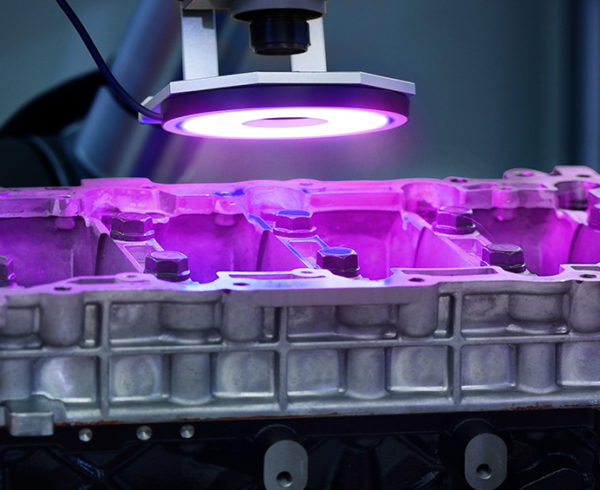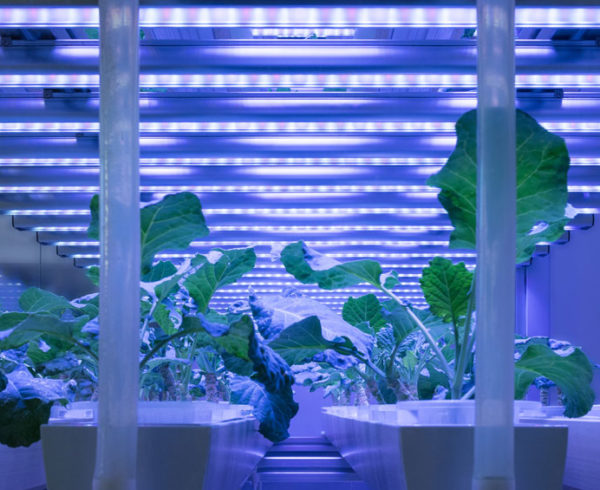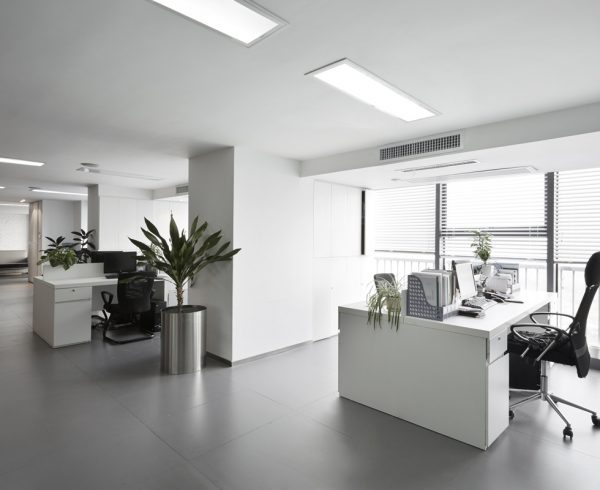UV radiation within a range of 100 to 380 nm is not visible or otherwise perceptible to human beings. In nature, radiation occurs most commonly in the UV-A and UV-B ranges. Generally speaking our skin and eyes can be damaged by UV radiation, which must be handled safely as a result. UV radiation is generated artificially for technical applications and used for various purposes. Applications include bonding, paint curing, luminescence and fluorescence tests, as well as testing the resistance of materials to light and UV, and even disinfecting air, water and surfaces, to name just a few possibilities.
This compendium of UV measuring technology provides an overview of the entire scope of UV radiation and deals with its classification and generation, associated safety precautions, applications and standards, as well as its measurement and the calibration of the utilized measuring instruments. Non-destructive materials testing, along with requirements for measurement and calibration, are dealt with specifically for the various applications, an issue which GOSSEN addresses with the extended service offerings of its calibration laboratory.

